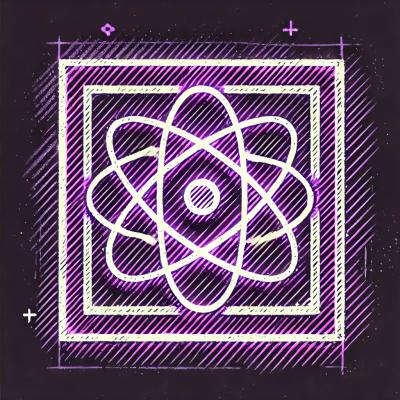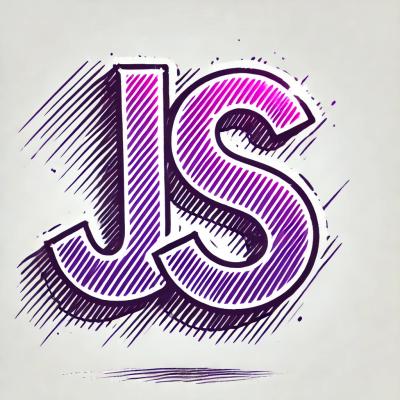
Security News
Create React App Officially Deprecated Amid React 19 Compatibility Issues
Create React App is officially deprecated due to React 19 issues and lack of maintenance—developers should switch to Vite or other modern alternatives.

In September 2024 Neo4j announced NeoDash is evolving into a fully supported dashboard builder, as part of the Neo4j product suite.
This project (NeoDash Labs) will still be available and contain experimental features, but will not have official support. If you're interested to get official support for NeoDash as part of a Neo4j License agreement, please reach out to your Neo4j contact person.
NeoDash is a web-based tool for visualizing your Neo4j data. It lets you group visualizations together as dashboards, and allow for interactions between reports.
Neodash supports presenting your data as tables, graphs, bar charts, line charts, maps and more. It contains a Cypher editor to directly write the Cypher queries that populate the reports. You can save dashboards to your database, and share them with others.
You can run NeoDash in one of three ways:
Note: never versions of Neo4j Desktop do not support adding experimental graph apps such as NeoDash.
# Run the application on http://localhost:5005
docker pull neo4jlabs/neodash:latest
docker run -it --rm -p 5005:5005 neo4jlabs/neodash
Windows users may need to prefix the
docker runcommand withwinpty.
This project uses yarn to install, run, build prettify and apply linting to the code.
To install dependencies:
yarn install
To run the application in development mode:
yarn run dev
To build the app for deployment:
yarn run build
To manually prettify all the project .ts and .tsx files, run:
yarn run format
To manually run linting of all your .ts and .tsx files, run:
yarn run lint
To manually run linting of all your .ts and .tsx staged files, run:
yarn run lint-staged
See the Developer Guide for more on installing, building, and running the application.
While commiting, a pre-commit hook will be executed in order to prettify and run the Linter on your staged files. Linter warnings are currently accepted. The commands executed by this hook can be found in /.lintstagedrc.json.
There is also a dedicated linting step in the Github project pipeline in order to catch each potential inconsistency.
Don't hesitate to setup your IDE formatting feature to use the Prettier module and our defined rules (.prettierrc.json).
NeoDash comes with built-in examples of dashboards and reports. For more details on the types of reports and how to customize them, see the User Guide.
After building a dashboard, you can chose to deploy a read-only, standalone instance for users. See Publishing for more on publishing dashboards.
If you have any questions about NeoDash, please reach out to the maintainers:
NeoDash Labs is a free and open-source tool developed by the Neo4j community - not an official Neo4j product. Use at your own risk!
FAQs
NeoDash - Neo4j Dashboard Builder
The npm package neodash receives a total of 3,000 weekly downloads. As such, neodash popularity was classified as popular.
We found that neodash demonstrated a healthy version release cadence and project activity because the last version was released less than a year ago. It has 0 open source maintainers collaborating on the project.
Did you know?

Socket for GitHub automatically highlights issues in each pull request and monitors the health of all your open source dependencies. Discover the contents of your packages and block harmful activity before you install or update your dependencies.

Security News
Create React App is officially deprecated due to React 19 issues and lack of maintenance—developers should switch to Vite or other modern alternatives.

Security News
Oracle seeks to dismiss fraud claims in the JavaScript trademark dispute, delaying the case and avoiding questions about its right to the name.

Security News
The Linux Foundation is warning open source developers that compliance with global sanctions is mandatory, highlighting legal risks and restrictions on contributions.